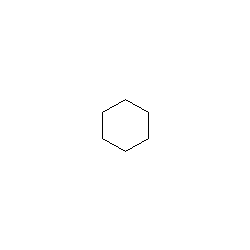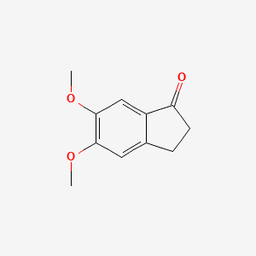

Cyclohexane is a colorless, flammable liquid with a distinctive, sweet odor. It is widely used as a solvent and intermediate in the production of pharmaceuticals. It serves as a precursor for synthesizing adipic acid and caprolactam, essential components in the manufacturing of nylon. Cyclohexane is a nonpolar, flammable liquid that belongs to the group of cycloalkanes. Cyclohexane can be used as a pharmaceutical reference standard for residual solvent analysis in pharmaceutical formulations and raw materials by gas chromatography. Suitable for use in several analytical applications including but not limited to pharma release testing, pharma method development for qualitative and quantitative analyses, food and beverage quality control testing, and other calibration requirements.

Cyclohexane is a colorless, flammable liquid with a distinctive, sweet odor. It is widely used as a solvent and intermediate in the production of pharmaceuticals. It serves as a precursor for synthesizing adipic acid and caprolactam, essential components in the manufacturing of nylon. Cyclohexane is a nonpolar, flammable liquid that belongs to the group of cycloalkanes. Cyclohexane can be used as a pharmaceutical reference standard for residual solvent analysis in pharmaceutical formulations and raw materials by gas chromatography. Suitable for use in several analytical applications including but not limited to pharma release testing, pharma method development for qualitative and quantitative analyses, food and beverage quality control testing, and other calibration requirements.

.3d8f8f41.svg)
Pharmaceutical
.3556d45a.svg)

Pharmaceutical Actives & Precursors


Intermediates & Precursors

Chemical Properties & Specifications
Flammable Liquid: Category 2 Skin Irritation: Category 2 Specific Target Organ Toxicity (Single Exposure): Category 3 Aspiration Hazard: Category 1 Hazardous to the Aquatic Environment (Acute & Chronic): Category 1
H225: Highly flammable liquid and vapor H315: Causes skin irritation H336: May cause drowsiness or dizziness H304: May be fatal if swallowed and enters airways H400: Very toxic to aquatic life H410: Very toxic to aquatic life with long-lasting effects
P210: Keep away from heat, hot surfaces, sparks, open flames, and other ignition sources. No smoking. P280: Wear protective gloves, clothing, and eye protection. P261: Avoid breathing vapors. P301+P310: IF SWALLOWED: Immediately call a POISON CENTER or doctor/physician. P273: Avoid release to the environment.
Used in the synthesis of active pharmaceutical ingredients (APIs) and intermediates.
Used in organic synthesis to dissolve non-polar substances and facilitate reactions. Ideal for extraction and recrystallization processes during drug development.
Occasionally used in the formulation of ointments and creams to improve consistency and stability (though this use is more limited).
Serves as a starting material in the production of pharmaceutical intermediates such as adipic acid and caprolactam, both of which are involved in synthesizing polymers used in pharmaceutical applications.
Applied in coatings, adhesives, and sealant formulations.
Serves as a precursor in producing adipic acid and caprolactam for nylon production.
Utilized as a standard solvent for laboratory processes.
Store at room temperature (typically 15–30°C or 59–86°F)
Keep in a cool, dry, well-ventilated area, away from heat sources and direct sunlight.
Store in original, tightly sealed containers to avoid contamination and evaporation.
Available in 1 L, 5 L, 10 L, and 25 L containers.

CAS No. : 2107-69-9
Category : Pharmaceutical Actives & Precursors
Sub-Category : Intermediates & Precursors

CAS No. : 915087-33-1
Category : Pharmaceutical Actives & Precursors
Sub-Category : Active Pharmaceutical Ingredients (APIs)